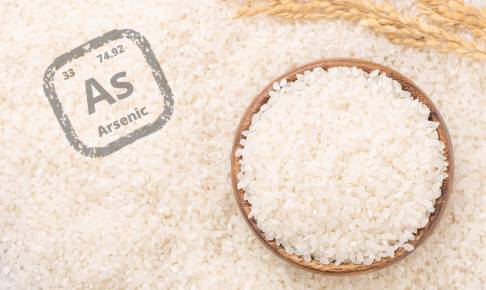Mercury in tuna fish, new test by Consumer Reports
Consumer Reports (CR), an American nonprofit consumer organization, has measured the amount of mercury present in canned tuna from five popular brands available in the US market.
Canned tuna is a classic staple in kitchen cabinets, however, it is well known that this product, like many other types of fish, often contains mercury, a heavy metal that can be toxic to adults and is of particular concern to children, infants, and, above all, pregnant women.
CR reminds that, in 2017, the Food and Drug Administration (FDA) issued new, stricter guidelines about which fish are recommended for pregnant women. Under the FDA guidelines, those vulnerable groups could eat up to 3 servings (12 ounces, 340 gr) of light tuna or 1 serving (4 ounces, 113 gr) of albacore per week, assuming they ate no other fish.
The results of CR’s test show a wide range in mercury levels between types of tuna as well as among different brands.
In detail, the test looked at a total of 10 products. These were cans made from Alalunga, a large tuna that tends to be more expensive, and from "light" smaller tuna (including skipjack and yellowfin tuna). The experts tested three samples of each product, from different lots, for a total of 30 samples.
According to the results of CR’s test, Albacore tuna has on average three times more mercury than skipjack, regardless of brand (this is not surprising, since albacore are larger and live longer).
The issue that emerges from the test is that none of the albacore tuna analyzed had levels low enough to allow an adult to consume three portions a week and only one had levels that would have allowed two portions a week. The rest of the albacore tuna was acceptable for only one serving per week, and children should definitely avoid this variety of tuna, according to CR’s experts.
The situation of “light” tuna is more reassuring, as all samples (except one) had levels of mercury low enough to allow consumption of three servings per week for adults and two for children.
CR’s food safety experts highlight that while canned tuna (especially light varieties) has relatively low average levels of mercury, individual cans can sometimes have much higher levels. Of the 30 samples, they found six single spikes (that's one in five cans!) in mercury content that would change the FDA's recommendation on how often someone should eat that particular tuna.
Considering these findings, they suggest that pregnant women may be best off avoiding tuna altogether. “From can to can, mercury levels can spike in unpredictable ways that might jeopardize the health of a fetus,” says Dr. James E. Rogers, director of Food Safety Research and Testing at CR.
CR specifies that, although these tests represent a "snapshot" and cannot be exhaustive of the entire market, they still provide useful information for consumers who must become aware that eating tuna means risking a certain exposure to mercury.
Source:






















